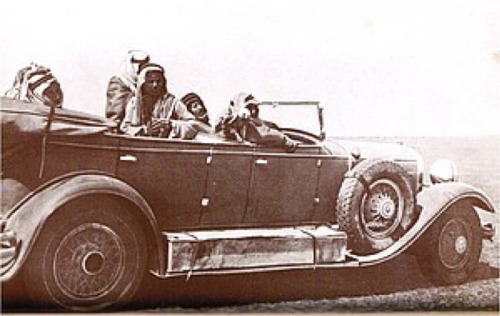
This is a joint research project of Prof Johann Büssow (Ruhr-Universität Bochum) and Prof Astrid Meier (University of Halle-Wittenberg). Bedouins are often seen as an iconic image of a glorious Arab past. In outside observers, they have evoked both fascination and fear. Usually described as Arabic-speaking pastoralists, the most important of them being nomadic breeders of camels, sheep, goats, and horses, they have been part of Middle Eastern societies since Late Antiquity.
Today, identity politics gives an important place to Bedouins, as is clear in scores of new books and TV dramas on Bedouin topics, and many Middle Easterners devote much time and energy to tracing their genealogies. People claiming to be Bedouin now live in various geographical settings, no longer restricted to a pastoral way of life.
In the past, Bedouins and the environment in which they lived, the arid lands of the Middle East, have mostly been considered as “marginal.” These regions are usually regarded as uninhabited “empty” deserts. However, over the centuries, they provided vital resources to many people and rulers. On many occasions, the Bedouins assumed central roles in the politics, economy, and culture of the Middle East. Recent developments such as the civil wars in Iraq and Syria highlight again that these spaces should not be overlooked.
The book takes a fresh look at Bedouin groups and the environment in which they have lived by identifying the factors that shaped their history. We give consideration to the configurations of people, wealth, and power in this region and trace their connections in both space and time. In so doing, we adopt a long-term perspective to gain a more comprehensive picture of the changes in livelihoods, ways of life, social organization, and identity constructions of Bedouin groups, which are in many ways paradigmatic for more general trends in Middle Eastern history. Our analysis will connect to the ongoing debates in the following scholarly fields:
The results will be published with Cambridge University Press.
Image: Car of a Bedouin shaykh, c. 1945. Source: Robert Montagne, La Civilisation du Désert, Paris 1947, p. 145.